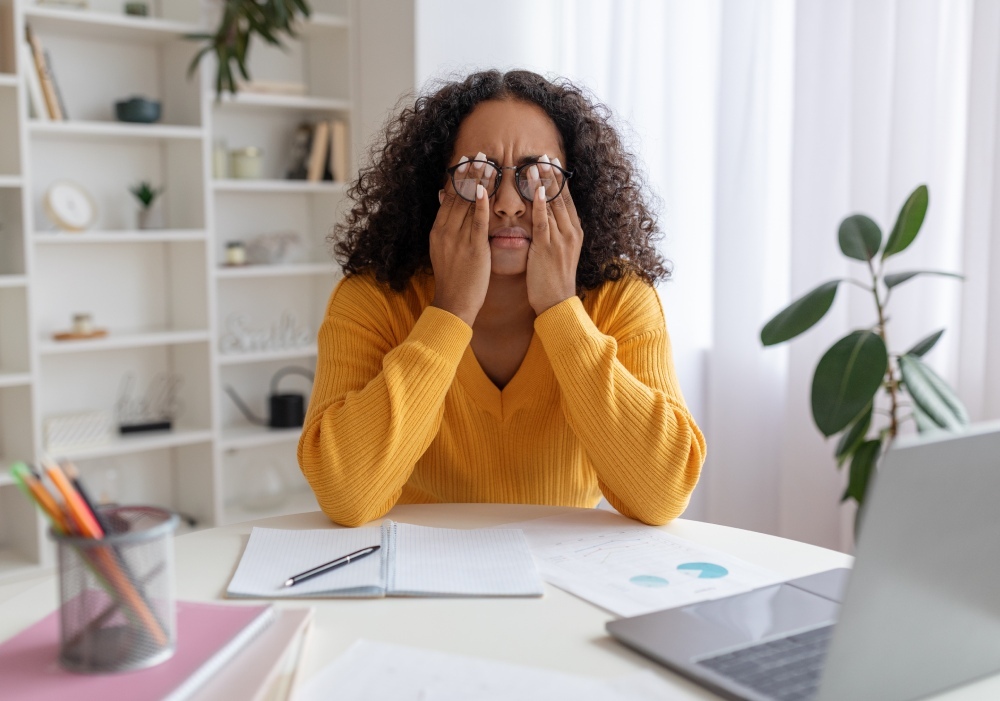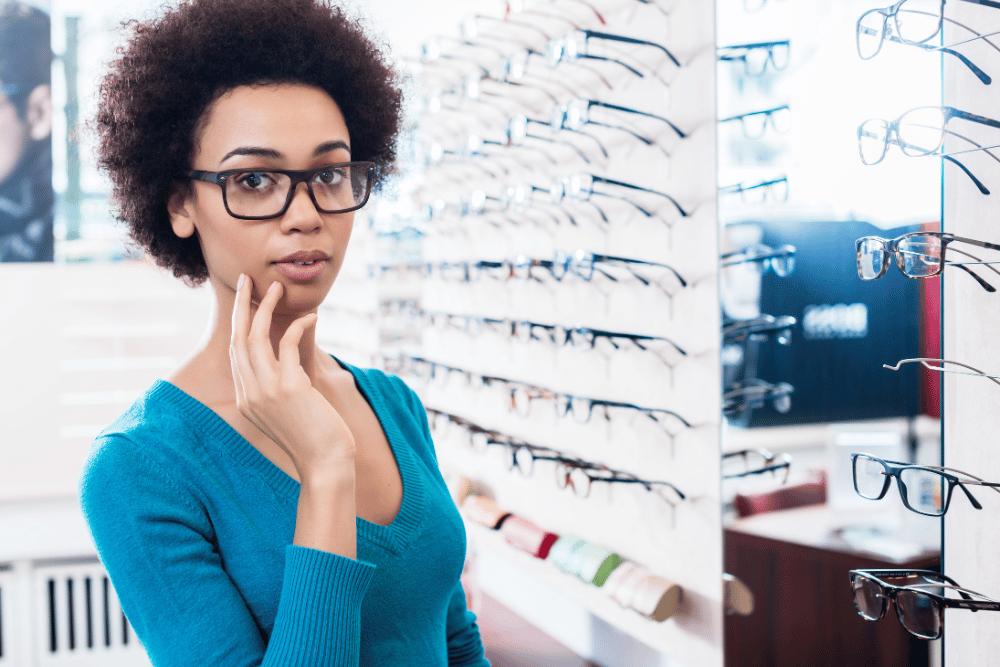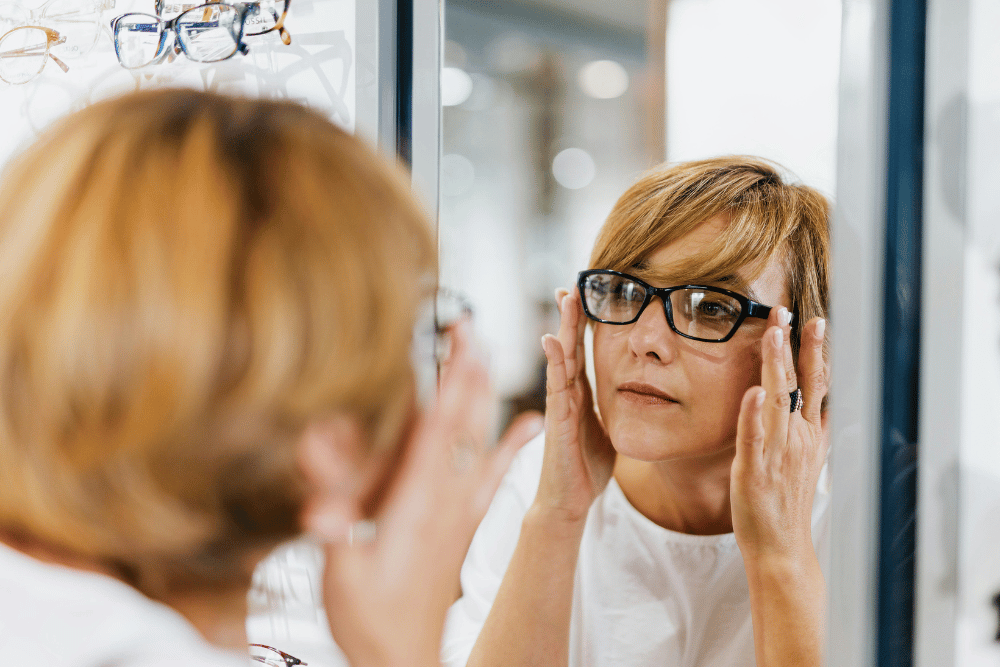Dry eye disease is a common condition that affects millions of people worldwide. It happens when there is a deficiency in the quality or quantity of tears produced by the eyes. While dry eye disease can occur in both men and women, research shows that women are more likely to experience it than men. In this blog post, we will discuss why women are more susceptible to this condition, its symptoms, and how to get relief.
Why women develop dry eye more than men
Several factors increase a woman’s risk of developing dry eye, including:
1. Hormonal changes
Hormonal changes can have a significant impact on tear production, and women experience more hormonal changes throughout their lives than men do. The hormonal changes associated with menstruation, pregnancy, and menopause can all contribute to the development of dry eye disease.
During menstruation, estrogen and progesterone levels fluctuate, which can cause changes in the quantity and quality of tears produced by the eyes. Similarly, during pregnancy, changes in hormone levels can lead to dry eye symptoms. Finally, during menopause, estrogen levels decrease, which can cause a reduction in tear production.
2. Use of makeup and cosmetics
Women tend to use more makeup and cosmetics than men, which can contribute to the development of dry eye disease. Eye makeup can block the glands that produce tears, which can cause dry eyes. Additionally, certain cosmetic products may contain preservatives or other chemicals that can irritate the eyes and lead to dryness.
3. Autoimmune diseases
Several autoimmune diseases, such as Sjögren’s syndrome, are more common in women than in men. Sjögren’s syndrome is a condition in which the immune system attacks the glands that produce tears and saliva, leading to dry eyes and dry mouth.
Symptoms of dry eye disease in women
Symptoms of dry eye disease in women can vary, but common symptoms include:
- Dryness
- Irritation
- Light sensitivity
- Blurred vision
- Eye fatigue
Treatment options for dry eye disease in women
Fortunately, there are several treatment options available for women with dry eye disease. These include artificial tears and prescription medications. Making lifestyle changes, such as avoiding dry air, wearing sunglasses, and taking breaks from computer screens, can also help alleviate dry eye symptoms. Additionally, if you wear contact lenses, follow your optometrist’s instructions regarding cleaning and wearing schedules to avoid eye irritation and infections.
Finally, it’s important to schedule regular visits with your optometrist so they can check for any signs or symptoms of dry eye disease. During an eye exam, they can diagnose dry eye disease and the underlying cause of your specific case. They can then develop a treatment plan tailored to your exact needs.
With proper care and management, women with dry eye disease can find relief and improve their quality of life. At Primary Eye Care in Arlington, we are experienced in diagnosing and treating dry eye disease to alleviate discomfort. If you are experiencing dry eye symptoms, contact us today to schedule a dry eye evaluation and treatment!




